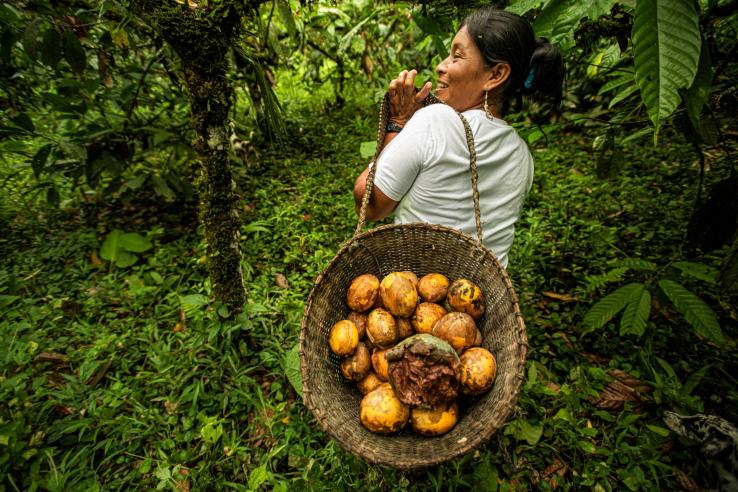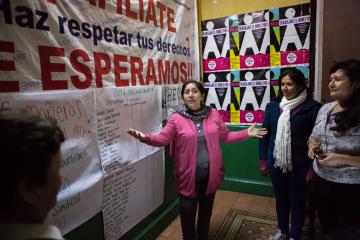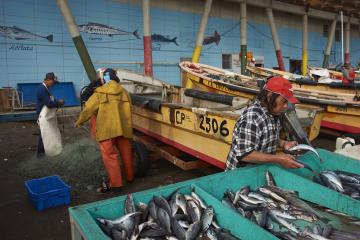
How can we best conserve the Amazon? Open policy questions for randomized evaluations

The Amazon Forest is the largest rainforest in the world, covering six million square kilometers spread over nine countries in South America. Many of the thirty million people inhabiting the Amazon live off the forest’s resources, extracting fruits, timber, and gold, and converting its land to crops and pasture for cattle grazing. Encouraged by weak enforcement, farmers claim parts of the forest as their own land, faking documents to be able to cultivate, sell, or rent it. Deforestation generates economic benefits but results in harmful by-products, such as pollution, violent conflict, disturbances in rain patterns, and greenhouse gas emissions. Individual decision-makers do not necessarily take into account the impact of these by-products on the common well-being and, as a result, their actions may have disastrous social outcomes.
Addressing deforestation within the Amazon is a growing area of focus for J-PAL’s King Climate Action Initiative (K-CAI), which is dedicated to effective and equitable climate action through real-world evidence generation and catalyzing the scale-up of high-impact solutions. The initiative has supported projects on climate change mitigation, pollution reduction, climate change adaptation, and energy access worldwide since 2020—including a randomized evaluation and a scaling project in Latin America and the Caribbean. However, more research in the region is needed.
The Amazon Forest’s immense size and its important role in the environment and climate warrant specific attention. The main question we want to answer is: which policies, or combination of policies, are the most effective in reducing Amazon deforestation? Several policies may, in principle, make sense and appear as plausible solutions for a problem, but without policy evaluations it is hard to compare them.
Evaluating policies to reduce deforestation
Despite the variety of policies by governments, companies, and NGOs in the Amazon Forest, little is known about their cost-effectiveness and causal impact on behavior. Rigorous policy evaluations can help fill this gap and shed light on policy design. A recent body of non-experimental research, mainly based on observational methods, tried to estimate the impact of conservation policies in the Amazon Forest. It found positive effects of environmental fines on conservation and reforestation, and that real-time monitoring alerts substantially contributed to enforcement. Moreover, indigenous land designation, conditional cash transfers, and subsidized loans were successful policies to reduce deforestation. However, there are still very few randomized evaluations studying Amazon conservation.
Randomized evaluations are powerful tools to understand the mechanisms through which policy could affect human behavior. In other contexts, rigorous evidence from randomized evaluations showed that paying farmers for conservation reduced deforestation in Uganda and that fixing incentives for environmental auditors improved compliance in India. Currently, K-CAI is supporting a scale-up of a payments scheme in Mexico that is adapting lessons from the deforestation evaluation in Uganda, and a training program for ecosystem protection in the Dominican Republic.
Randomized evaluations can provide useful answers to several open questions in conservation policy, and there are five areas with open questions of great relevance for the Amazon Forest.
- Command and control policies impose bans on deforestation, regardless of individual costs and benefits. For example, in Brazil farmers are obliged to leave eighty percent of their farm covered by native vegetation. This type of policy relies heavily on the government’s ability to enforce the regulation via inspections and sanctions, which raises several puzzling questions about how to design an enforcement system. What are the benefits of automating decision-making for inspections? What is the impact of early communication with farmers, and how should it be designed?
- Land tenure regulations dictate who owns the land and how they can use it. Approximately half of the Amazon Forest is covered by protected areas, which cannot be economically exploited. Moreover, sustainable timber use could effectively protect forests while allowing for partial deforestation. Land tenure regulation raises many relevant unanswered questions: Does assigning forests as protected territory reduce land grabbing? Are forest concessions more cost-effective than command and control policies? Which concession agreement terms are more likely to attract reliable, compliant companies?
- Monetary incentives, such as payments for ecosystem services or subsidized loans, could be set up in many different ways. The design of payment contracts is full of parameters to adjust, but their effects on behavior and conservation are not well understood. Should payments be made upfront or after an inspection? How much freedom should program participants have in setting conservation areas within their property? Which type of landholder—e.g., farm size, economic activity—is more sensitive to financial incentives?
- Accreditation of producers is often done by labeling organizations as a response to consumers worldwide who are concerned about the environmental costs of products they purchase. The rationale behind these accreditations is to enhance producers’ access to international markets or signal quality to concerned customers. But we lack understanding on how much and through which mechanisms labeling may affect conservation. To what extent does accreditation affect incentives to reduce deforestation? Which aspects of a certification agreement encourage producers to demand accreditation?
- Finally, ideas to foster sustainable practices in forest management are ubiquitous in the debate about forest conservation with socioeconomic development. With its rich biodiversity, the Amazon Forest offers valuable resources that can be exploited sustainably. It is debatable, however, to what extent it is possible to achieve productivity levels that simultaneously lift people out of poverty and keep the forest alive. Which sustainable harvesting practices generate enough income to lift people out of poverty? Do information campaigns or training help sustainable entrepreneurs access markets and succeed financially?
Looking forward
The questions above are only examples of a research agenda for randomized evaluations, which will help us better understand human behavior to design more impactful policies. The K-CAI team in J-PAL Latin America and the Caribbean (LAC) is currently reaching out to numerous implementing partners in Brazil and Peru to find ongoing or potential policies or programs that may benefit from a rigorous impact evaluation. These institutions include government agencies at national and subnational levels, finance providers, NGOs, and research organizations with experience in field evaluations on environmental topics. Our goal is to match J-PAL affiliated professors and implementing partners together to collaborate on projects in the Amazon Forest for K-CAI’s next funding round in spring 2023.


